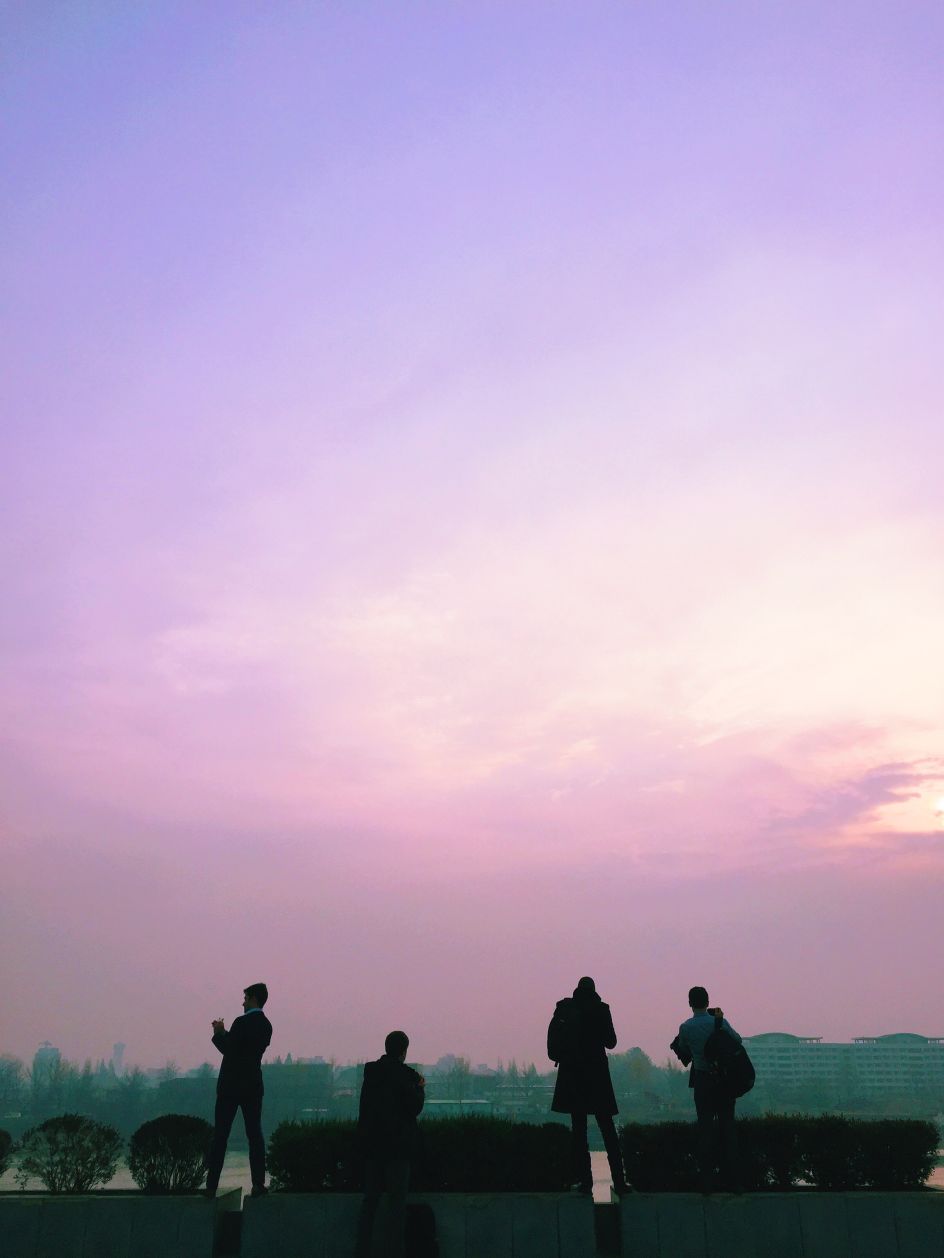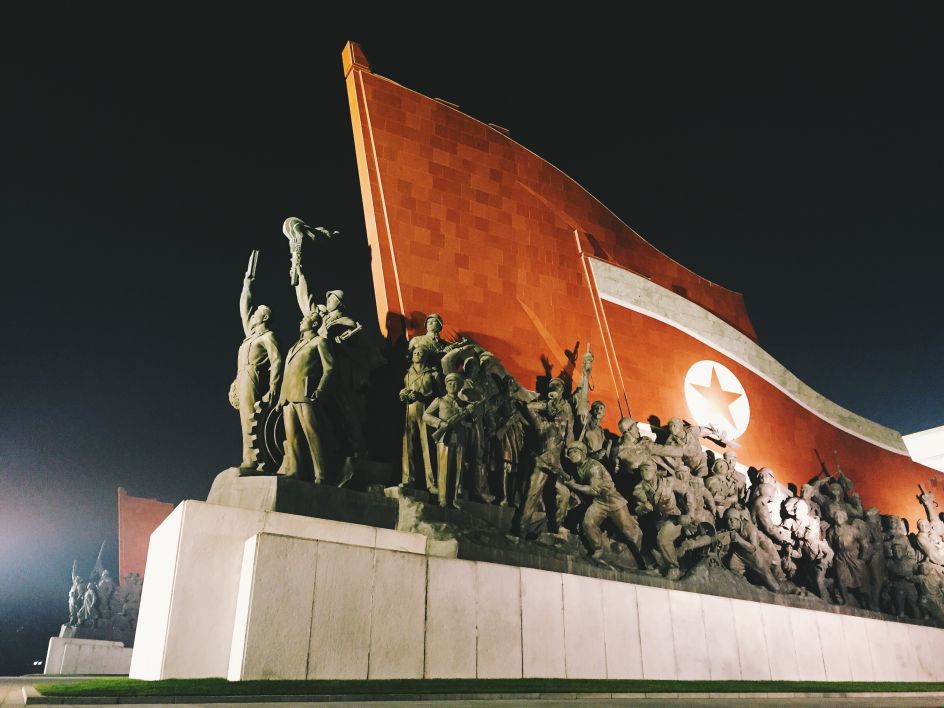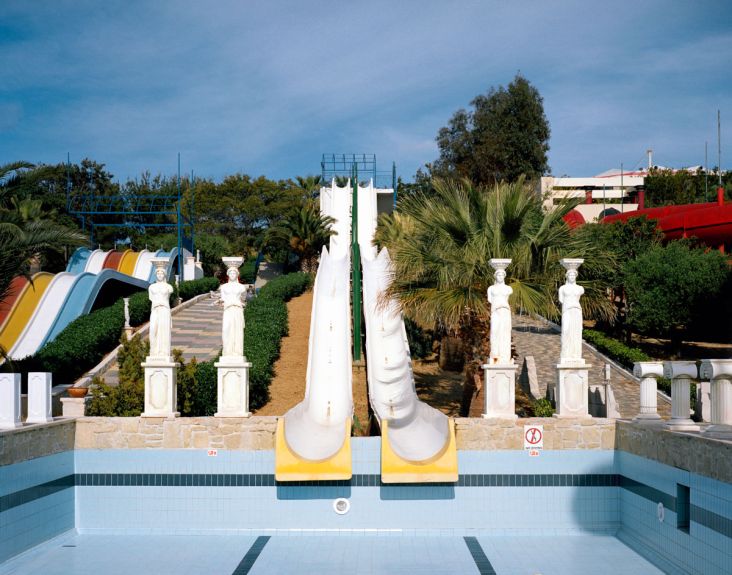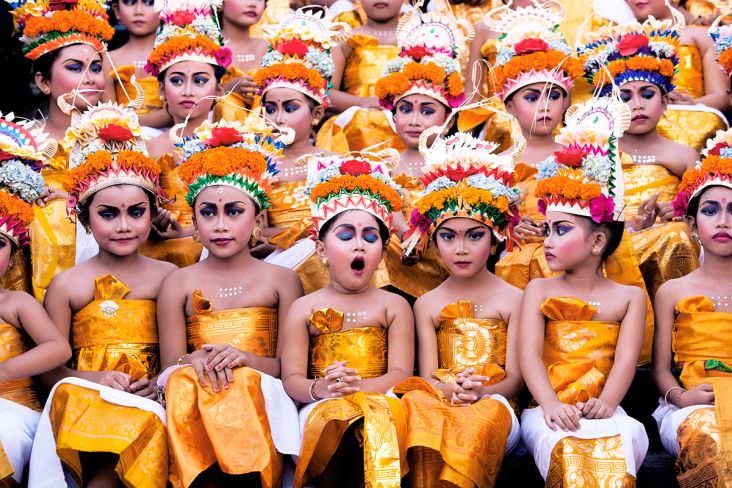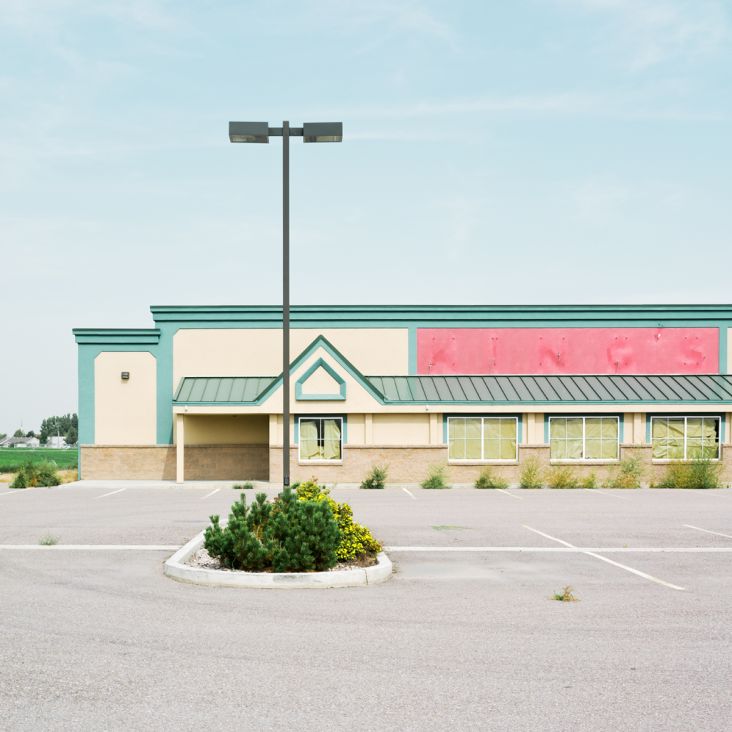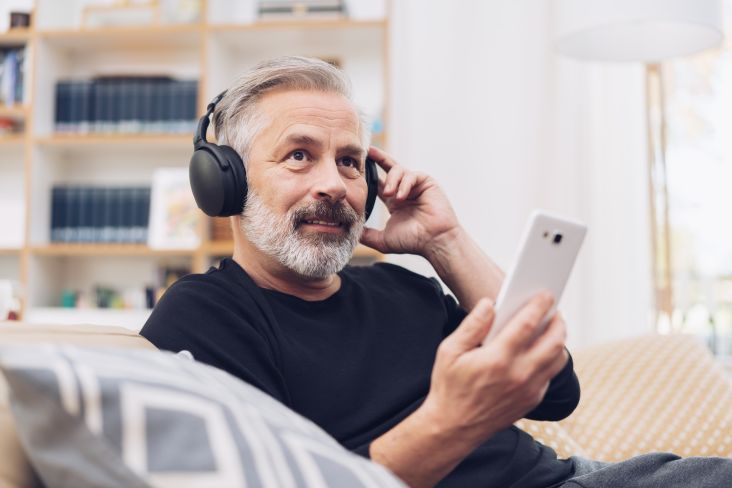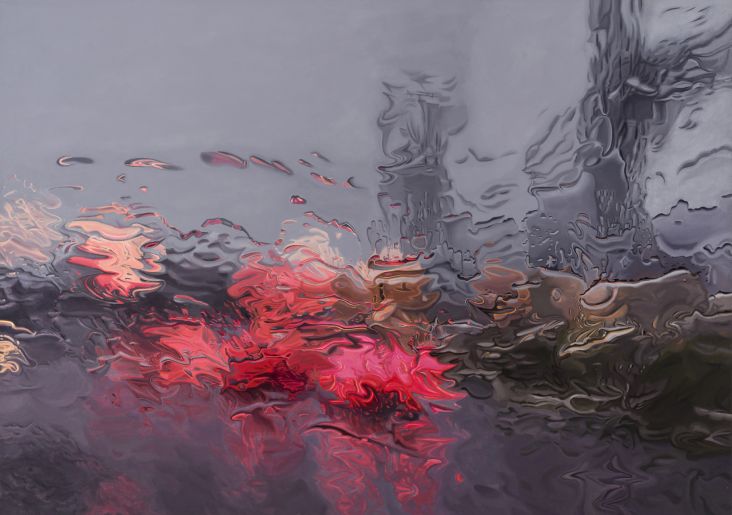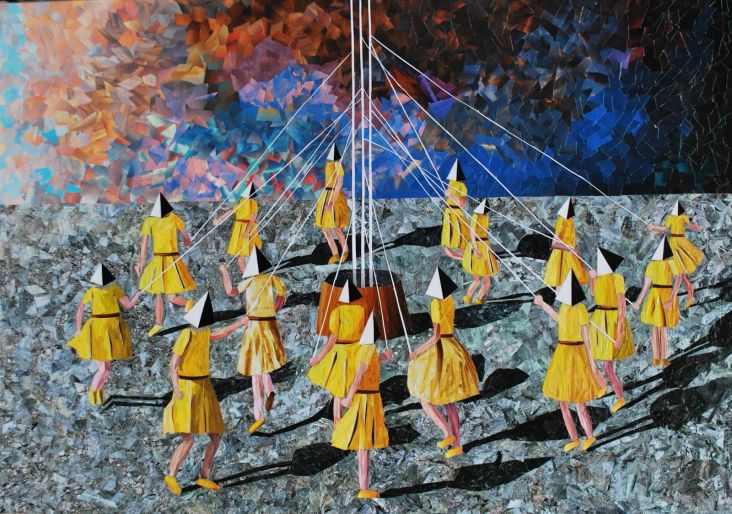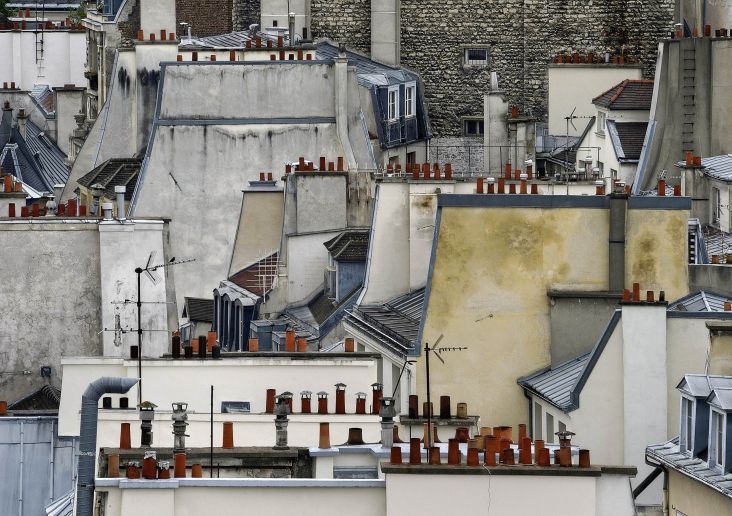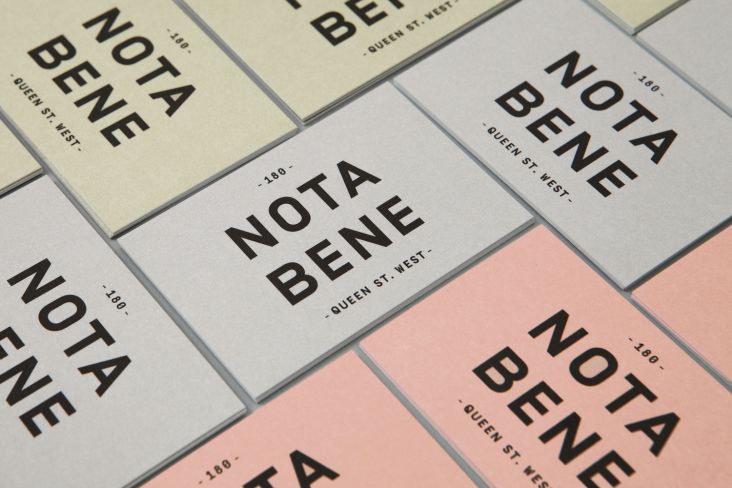Daily Life in North Korea: Photographer captures the secret, ordinary world of DPRK
San Francisco-based photographer Omid Scheybani is no stranger to world travel.
 | All image captions in Omid's own words*](https://www.creativeboom.com/upload/articles/be/bee10dc238a191b8ac7c94eba4639094a5b82555_1280.jpg)
Special thanks to EyeEm | All image captions in Omid's own words
Born and raised in Germany and of Iranian descent, Omid attended school in Germany and Argentina, then moved to Ireland to work for Google, and later New York and San Francisco. Today, Omid spends his free time travelling and photographing candid photos in daily life around the world, including places rarely visited by tourists – such as Cuba or Iran and more recently the Democratic People’s Republic of Korea (DPRK), also known as North Korea.
The series, which was taken using only an iPhone and rather tentatively, captures the ordinary lives of people living in the world's most secretive country. Speaking of the project to EyeEm, he said: "Together with some of my friends, we went on a 10-day trip through the DPRK. One of my classmates at Stanford has travelled to North Korea more than 25 times, so when he offered to show us around, I had no doubt that I would join (he is American, but has developed a strong passion for that country and its people). We spent time in Pyongyang as well as other places throughout the DPRK – only until we got snowed in and then had to escape before we overstayed our visas."
Omid was warned that he wasn't allowed to take any photographs of Army personnel, the poverty he saw outside of Pyongyang or portray any of the leaders in any negative way – apparently their full-body has to be on the images; he wasn't allowed to cut or crop anything.
But despite the rules, Omid discovered a warm and pleasant people: "While communication was nearly impossible due to language barriers, this didn’t keep me from seeking visual or gesticulative contact with people on the streets in form of a simple smile, a nod, and the waiving of a hand — gestures that were almost always reciprocated with a surprised smile, a kind and respectful nod, or a shy wave followed by looking or walking away.
"I loved these interactions because they were the easiest and simplest form to extract some sense of humanity out of grim faces we encountered. It was a way to signal 'I respect you and acknowledge you as a human being. Don’t be afraid of me.' These moments, on the other hand, were truly heartwarming."
To find out more about Omid, visit www.omidscheybani.com. To read more about his experience in North Korea, head over to Medium.
Special thanks to EyeEm | All image captions in Omid's own words
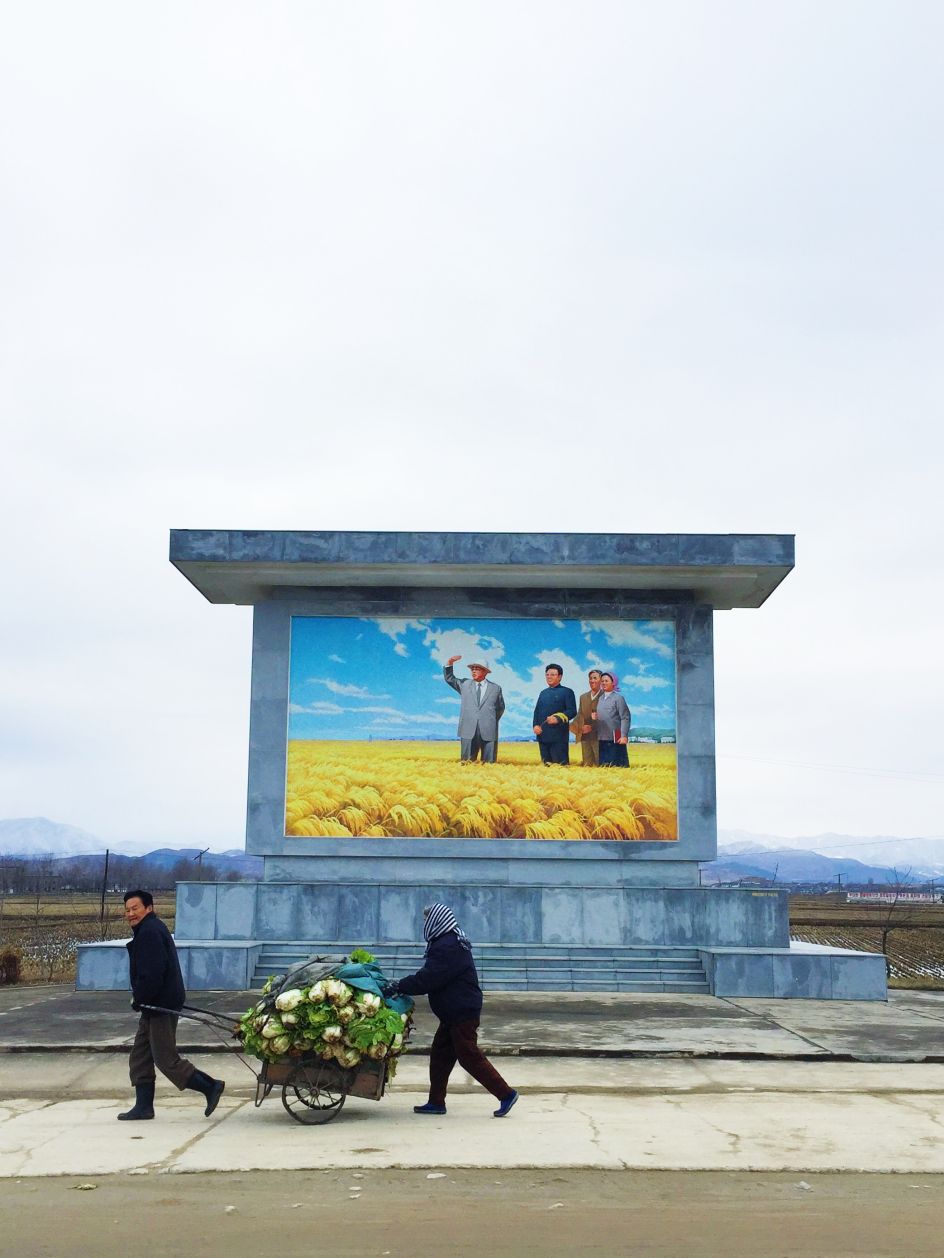
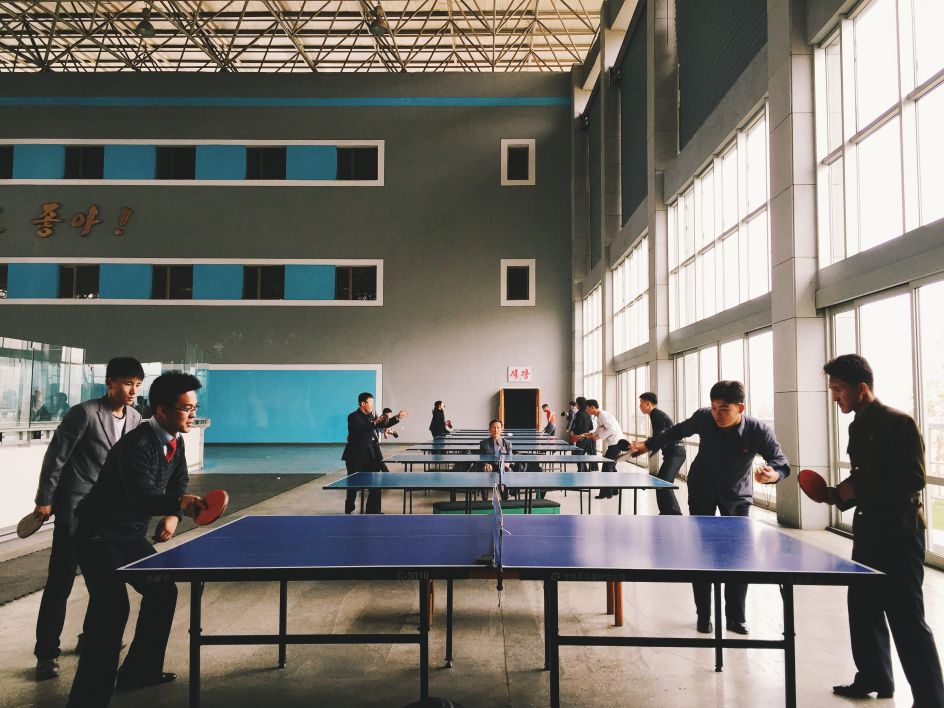
Ping Pong was very popular. Young men at a recreation centre.
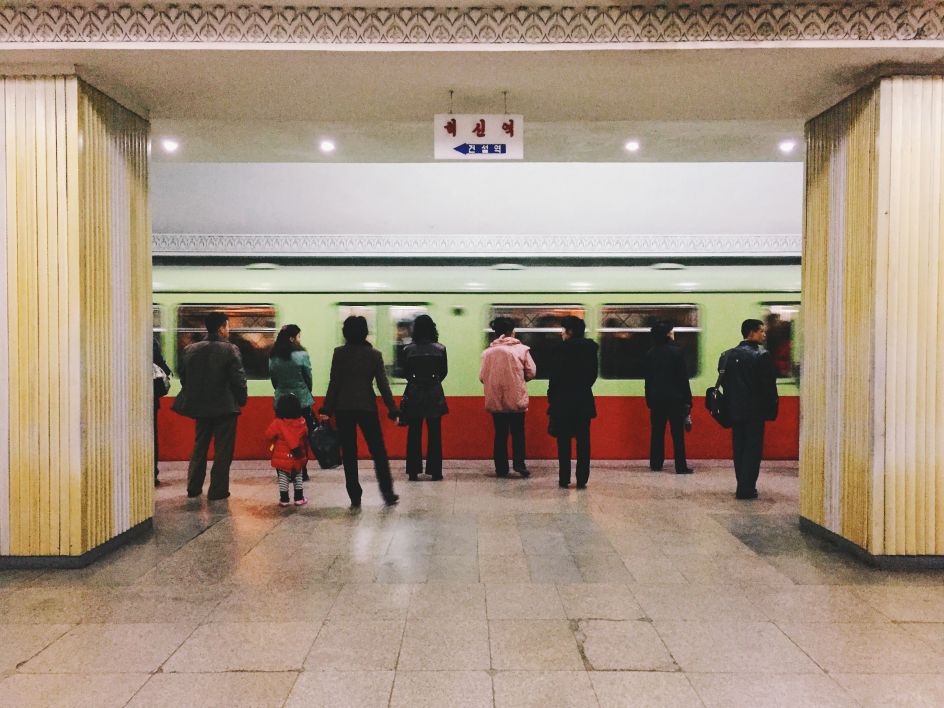
Folks lined up for the next subway train.
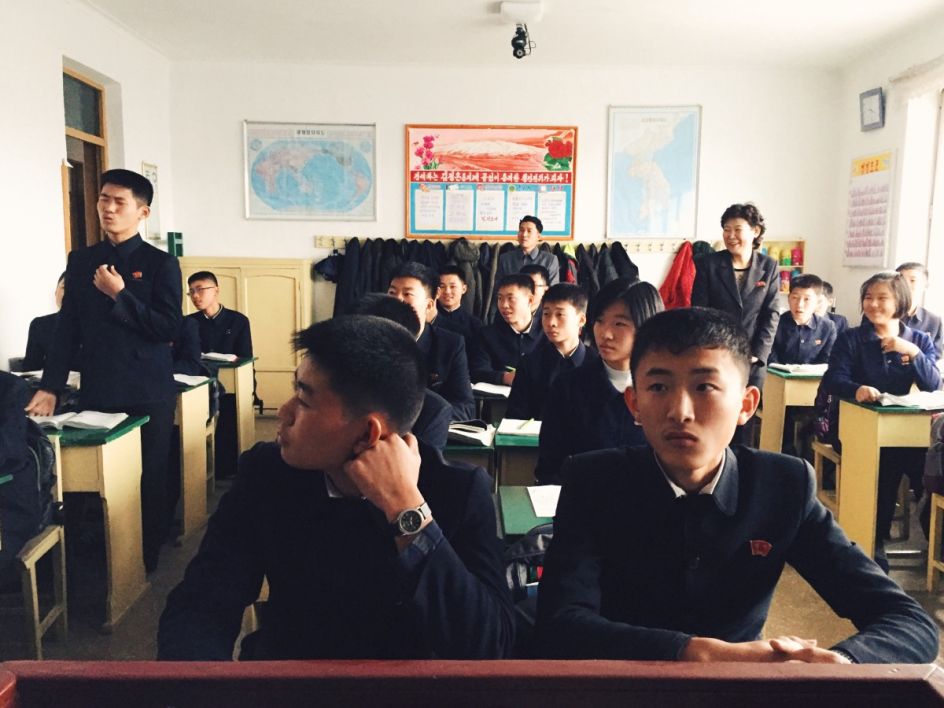
Young students at a middle school outside Pyongyang.
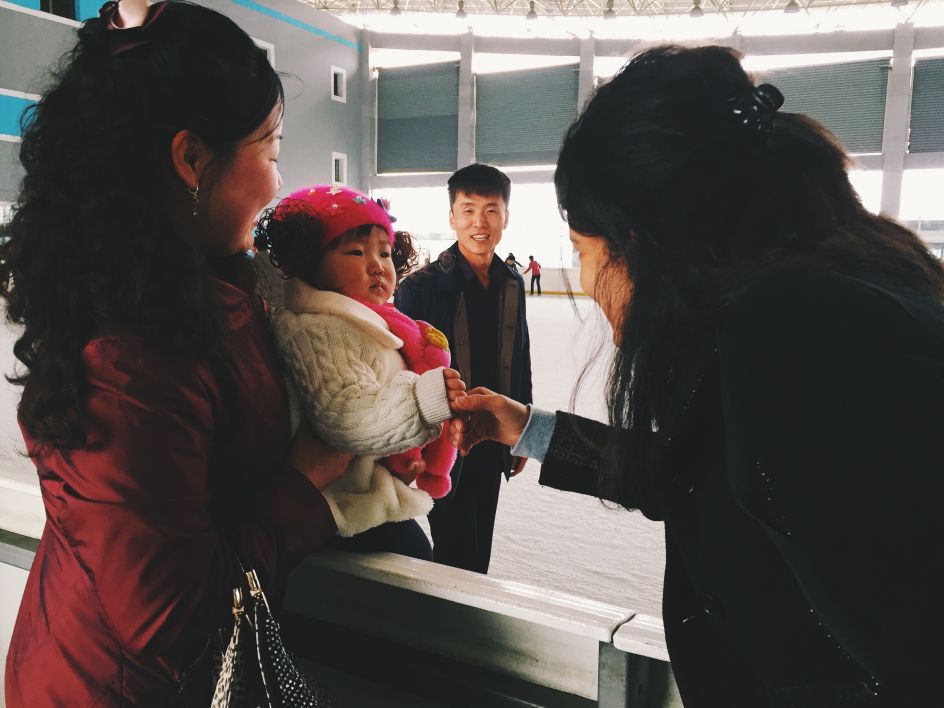
Small yet meaningful moments of us connecting with locals.
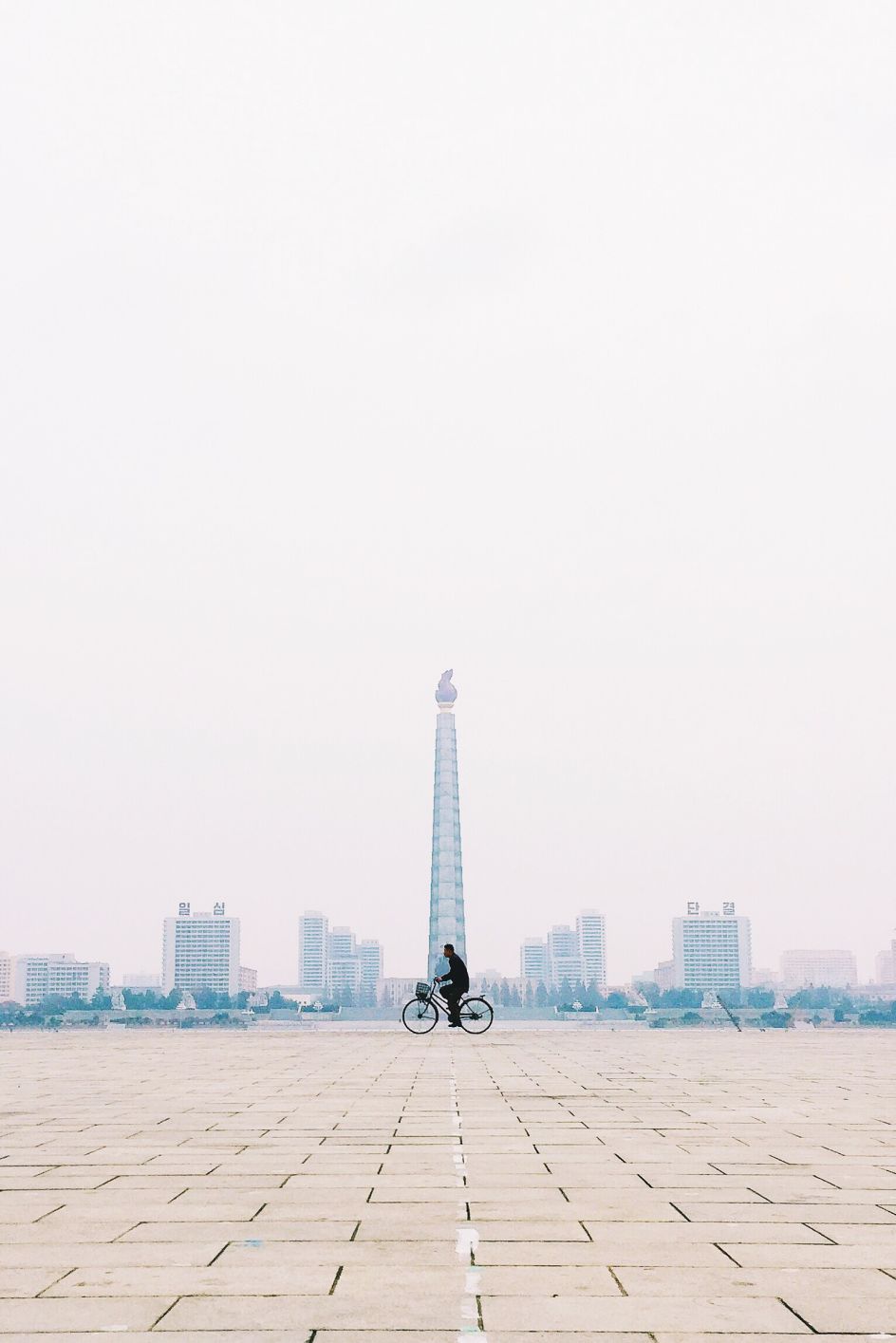
The lone biker of Pyongyang
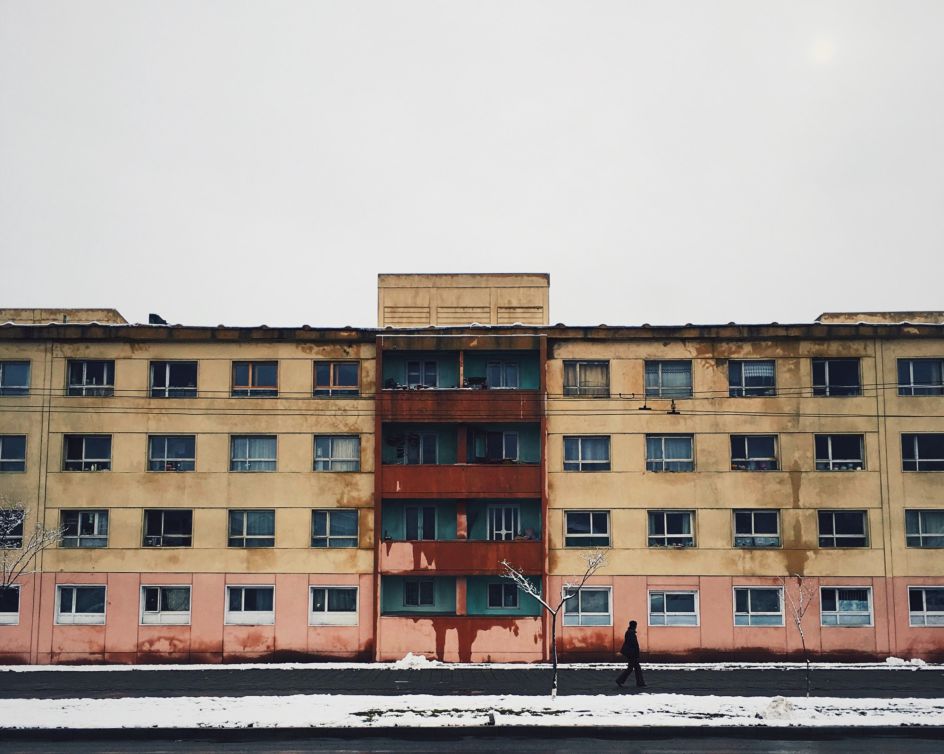
A row of block apartments which was built/provided by the East Germans
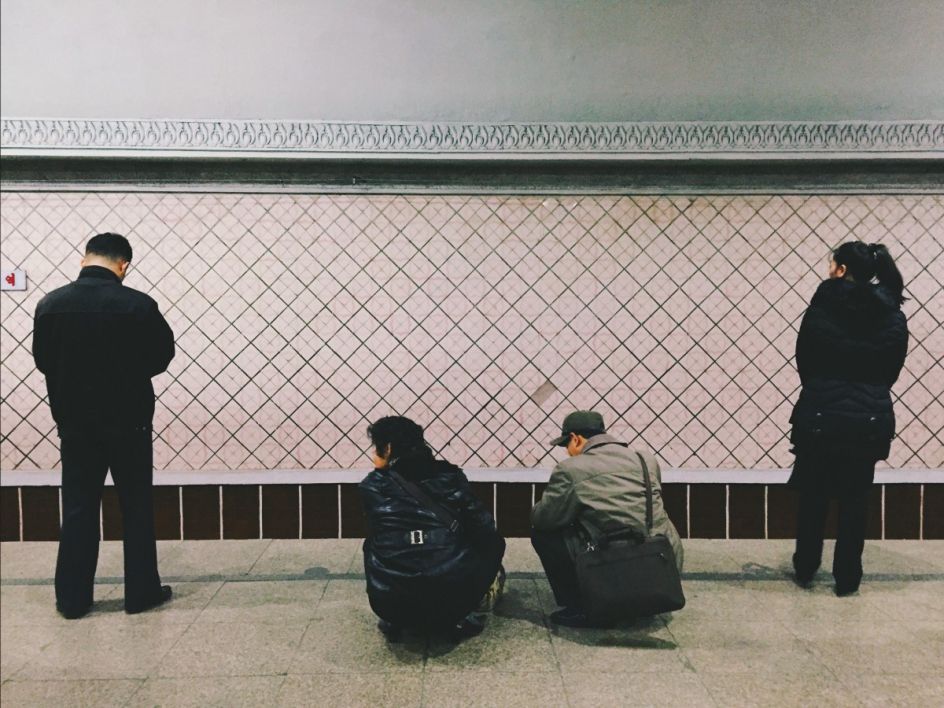
A very typical position that North Koreans took everywhere throughout the country.
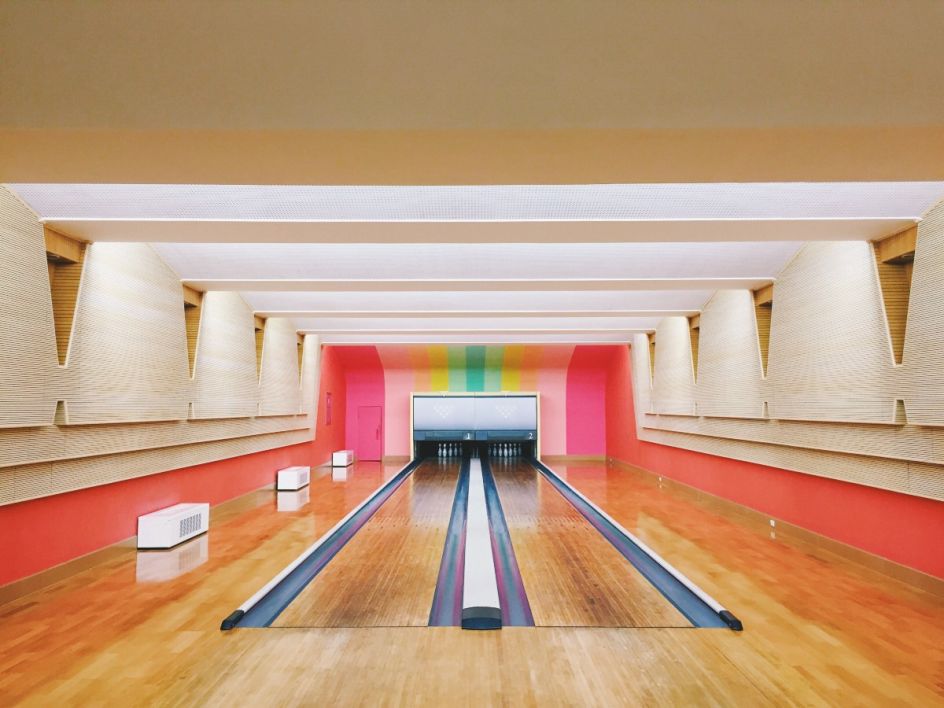
The bowling alley in our “Pleasure Palace” — it was absurd.
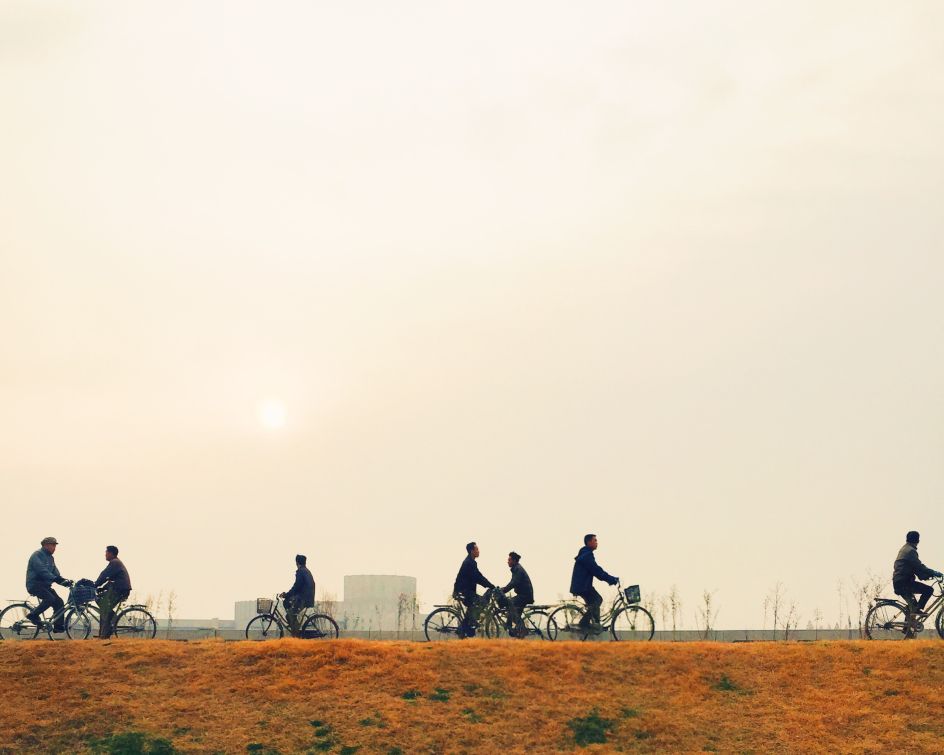
Bikes were everywhere. Main mode of transportation in the country.
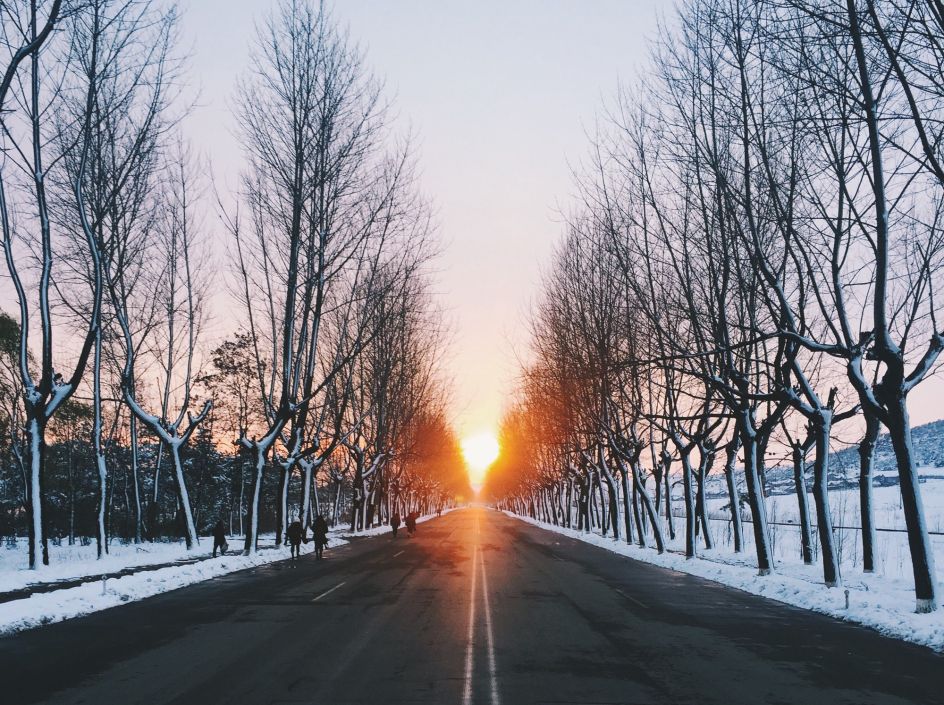
Sunset in Hamhung
